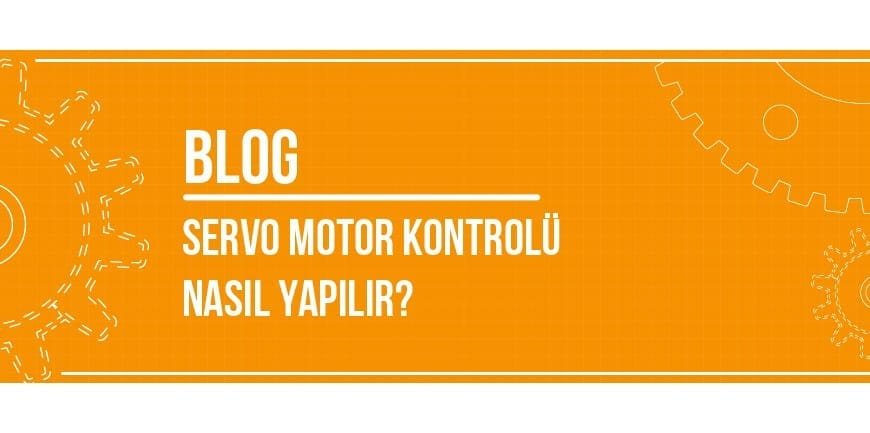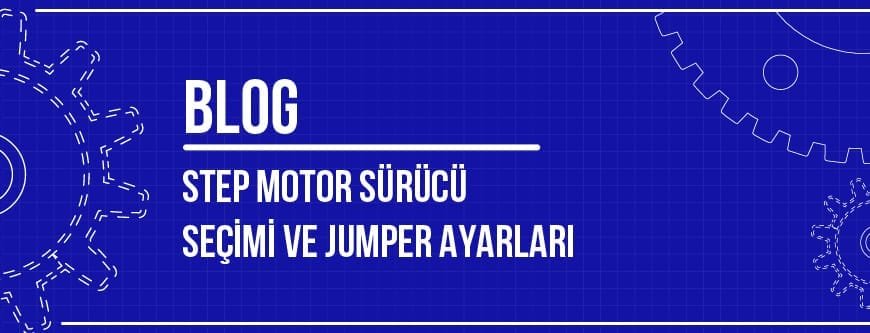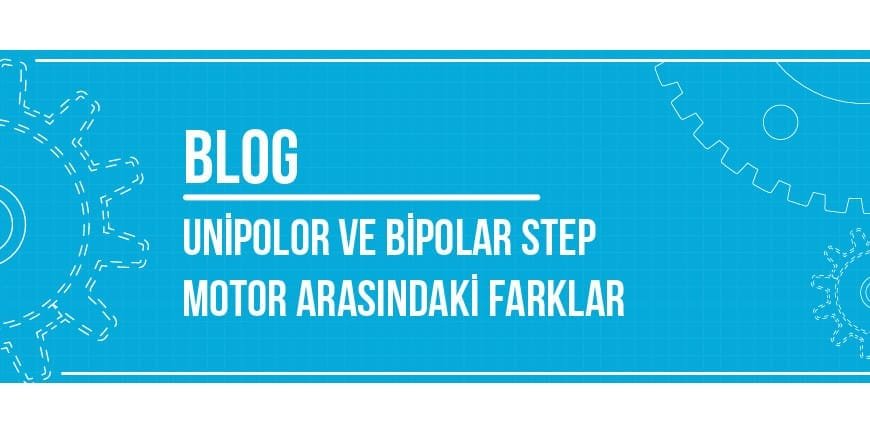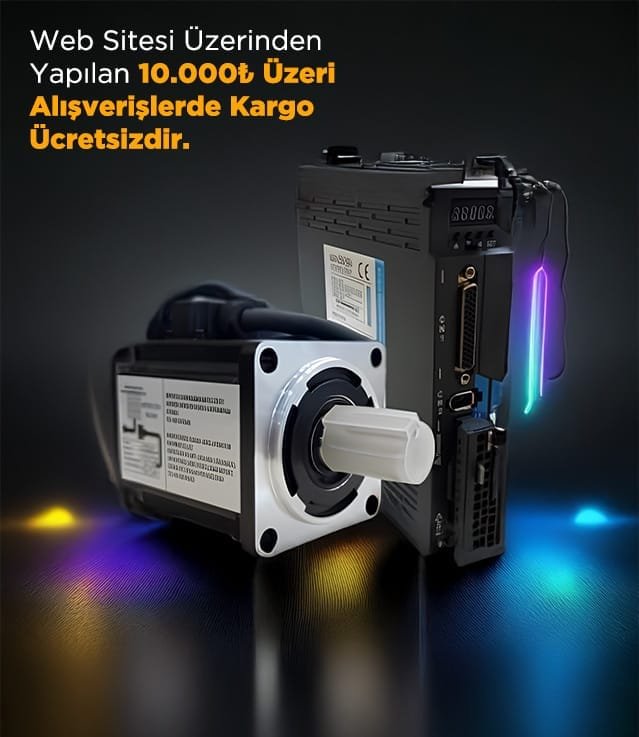
İçindekiler
What are Star and Delta Connections in Electric Motors?
Electric motors are an important technology widely used in the industrial world. These motors are used in a wide range of applications across a broad power range. If you are curious about the connection types of these electric motors, which have a very wide range of applications, and why you should choose a particular connection type, you can check out our content titled “What Are Star and Delta Connections in Electric Motors?” This will provide you with detailed information about connection types and why certain connections are preferred.
What is Star Connection?
Star connection is a connection method used in electrical engineering and power transmission. This connection method is commonly preferred for power transmission in three-phase AC systems and is used to connect the winding terminals of generators or transformers in a three-phase system. In this connection method, the end of each phase is connected to a star point, which is typically grounded. The other ends are connected to loads or other equipment in the system. This ensures an equal voltage distribution among the loads.
What is a Triangular Connection?
The delta connection, also known as the triangular connection, is a connection method widely used in electrical engineering and power transmission. This connection method is typically used in three-phase AC systems to connect the winding terminals of generators, motors, or transformers, with each phase’s end connected in series to form a loop structure. This ensures voltage distribution among loads in three-phase systems and is widely preferred in high-voltage power transmission lines.
When Should Star or Delta Connection Be Preferred?
The preference for delta connection or star connection varies depending on the specific requirements and systems to be used. These variations are as follows:
Star Connection:
- Balance: Star connections are generally preferred in situations where voltage balance must be maintained in the system. In particular, each phase is connected at the star point and grounded. This ensures an equal voltage distribution between loads and can balance unbalanced loads in the system.
- Low Voltage Applications: Star connection type is frequently used in low voltage systems. It is particularly common in industrial facilities, indoor electrical installations, and electronic devices.
- High Reliability: Finally, star connections are preferred in places where high reliability and stability are required. For example, they can be preferred to reduce risks arising from isolation errors in the system.
Triangle Connection:
- High Voltage Applications: Delta connections are particularly popular in high-voltage power transmission lines and transformers. This is because this type of connection is ideal for power transmission over longer distances and for higher voltages.
- Motor Applications: The delta connection type is commonly preferred for motors. This is because motors require higher power and torque. This allows the motor to operate more efficiently.
- Ground-Free Systems: In general, delta connections are used in ground-free systems in some industrial facilities and transmission lines. This connection type is suitable for higher power transmission and higher voltages, but balancing unbalanced loads requires more attention.
Triangle Connection Advantages
The delta connection type has many advantages. These advantages increase the preference rate of the delta connection. If we examine the advantages of the aforementioned triangular connection;
- Triangular connections provide high power transmission when used in high-voltage transmission lines and industrial applications with high power requirements. This enables the efficient transmission of electrical energy over longer distances.
- This type of connection is ideal for three-phase motors, enabling the motor to produce higher power and torque. This ensures that the motor operates more efficiently.
- This type of connection allows for a balanced voltage distribution. In particular, it helps to ensure an equal voltage between loads and reduce unbalanced loads in the system by distributing the voltage of each phase equally throughout the system.
- The delta connection, which is quite advantageous, can be used in some industrial facilities and transmission lines in groundless systems. This feature is commonly preferred in high-voltage transmission lines and applications with high power requirements.
- Finally, delta connections can provide higher efficiency in certain applications. Especially in industrial plants and motor applications with high power requirements, delta connections help to achieve better performance and lower energy losses.
Star Connection Advantages
Star connections, like delta connections, offer many advantages. These advantages may increase the desirability of star connections. The advantages of star connections are as follows:
- Due to the star connection structure, each phase end is connected to a star point and grounded. This ensures an equal voltage distribution in the system and a balanced voltage distribution between loads. This reduces the effects of unbalanced loads in the system and ensures more stable operation.
- This type of connection is generally preferred in low-voltage applications. It is frequently used in industrial facilities, indoor electrical installations, and electronic devices.
- The star connection, which is in a very advantageous position, causes grounding in the system since each phase is grounded at the star point. This is important for safety and reduces the risks caused by insulation faults in the system.
- It generally provides high reliability and stability in systems. Thus, together with balanced voltage distribution and grounding, it reduces the effects of faults in the system and provides reliable power distribution.
- It simplifies grounding procedures because it has a single grounding point. In this case, it makes the system less problematic in terms of maintenance and operation.
Disadvantages of Triangular Connections
As with any type of connection, there are advantages as well as disadvantages. These disadvantages must be taken into account when making a choice. This will ensure better results in the system. The disadvantages mentioned are as follows:
- Triangle connections are commonly used in high-voltage applications. This requires working with higher voltage levels, which can increase safety risks in high-voltage systems.
- It is generally used in non-grounded systems. For this reason, it can complicate grounding requirements and increase the risks associated with insulation faults in the system.
- The voltage of each phase is generally not equal. Therefore, it can create an uneven voltage distribution between loads and make it difficult for the system to operate smoothly.
- Delta connections are commonly used in motor applications. However, since motors require higher current and produce higher torque during start-up, this can cause excessive load on the system.
- Delta connections are generally more expensive than other types of connections. This feature can increase the cost of high-voltage transformers, equipment, and transmission lines.
Disadvantages of Star Connections
Star connections, like delta connections, have certain disadvantages. These disadvantages should be evaluated according to the requirements of the connection’s area of use. This will ensure maximum efficiency from the connection. The disadvantages of the star connection mentioned above are as follows:
- In a star connection, each phase current flows to the star point. This increases the current density at the star point, which may increase the sizing and insulation requirements of the equipment.
- Each phase is grounded at the star point. This complicates grounding requirements and can lead to grounding errors.
- This type of connection requires each phase to be connected at the star point. This requires more cabling, installation, and setup costs.
- In general, the voltage of each phase is expected to be equal in a star connection. However, unbalanced loads or other problems in the sy
- Finally, since the star connection is linked to many phases, it can be a weak connection point. This situation can reduce the reliability and durability of the star point.
What Are the Differences Between Star and Delta Connections?
There are many differences between star and delta connections. These differences affect their suitability. You can refer to the table we have created to examine these differences. This will allow you to examine the differences between star and delta connections in detail.
| Star Connection | Triangle Connection |
| The start or end ends of the three coils (similar ends) are connected to each other to form a neutral point in the shape of the letter “Y”. A single common point is derived from these neutral points. | The opposite ends of the three coils are connected to each other, forming a triangle “Δ” shape. In other words, the end of each coil is connected to the starting point of another coil, creating common connections. |
| There is a neutral or star point. | There is a delta point. However, there is no neutral point. |
| There are 4 conductors. | There are three conductors. |
| Normally, star connections consist of 3-phase, 4-wire systems. However, 3-phase 3-wire systems are also possible. | In general, delta connections consist of 3-phase, 3-wire systems. However, 3-phase, 4-wire systems are not possible in delta connections because there is no neutral wire. |
| Line Current Equals Phase Current. Line Current = Phase Current ben L = ben PH | The line current is √3 times the phase current. That is, Line Current = √3 × Phase Current L = √3 × IPH |
| Line voltage is √3 times phase voltage. Line voltage = √3 × phase voltage VL = √3 × VPH | Line Voltage Equals Phase Voltage. Line Voltage = Phase Voltage VL = V PH |
| The power formula in a star connection is as follows: P = √3 × V L × I L × CosФ … Or P = 3 × V PH × I PH × CosФ P = √3 × V × I | The power formula for a delta connection is as follows: P = √3 × V L × I L × CosФ … Or P = 3 x V PH x I PH x CosФ P = 3 × V × |
| Since the speeds of connected motors are 1/√3, they are slower. | The speeds of connected motors are higher. This is because each phase receives the total line voltage. |
| Since fewer turns are required, savings are achieved in copper. | Since the phase voltage is equal to the line voltage, it requires additional turns and increases the total cost. |
| Since the phase voltage is generally lower than that of a delta connection, low insulation is required. | Since the line voltage is greater than the phase voltage, more insulation is required. |
| Two different voltage levels can be obtained: single-phase and three-phase power supply. | A single voltage can be obtained using a delta connection, such as a three-phase supply. |
| It can be preferred in devices that generally require less starting current. | Preferable for high starting torque applications. |
| It is a widespread and general system. | It is a common and typical system used in the industrial field. |
So, should a star or delta connection be used for a speed control device?
The most frequently asked question regarding the type of connection to be made to the speed control device is whether it should be a star connection or a delta connection. To provide a definitive answer, we can say that it depends on the type of motor used, the characteristics of the speed control device, and the application requirements. This is because both connection types have advantages and disadvantages. Therefore, the connection type should be determined based on the application requirements.
For example, star connection is generally preferred for low-voltage motors, while delta connection is generally preferred for motors that require high power and torque. The main reason for this is that star connection provides a lower starting current when starting the motor and the motor needs to be started more smoothly. On the other hand, in control devices using Delta connection, the motor requires higher performance at its nominal speed and needs to produce high power.
If you want to achieve flawless results in star connections, choose Şahin Rulman’s flawless working principle electric motorsYou can choose this option. This way, you can save time on work hours.
Diğer Blog Yazılarımız








